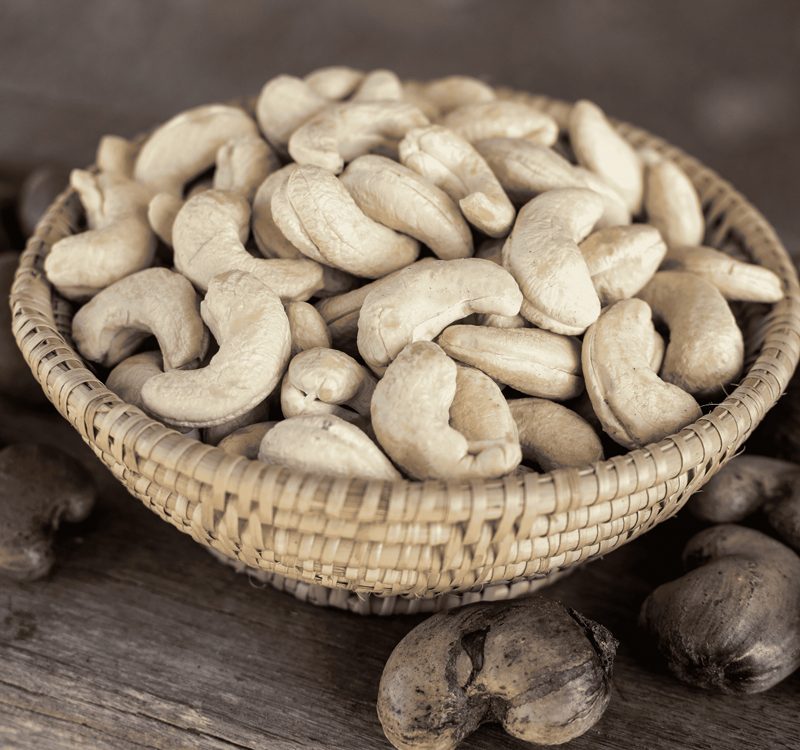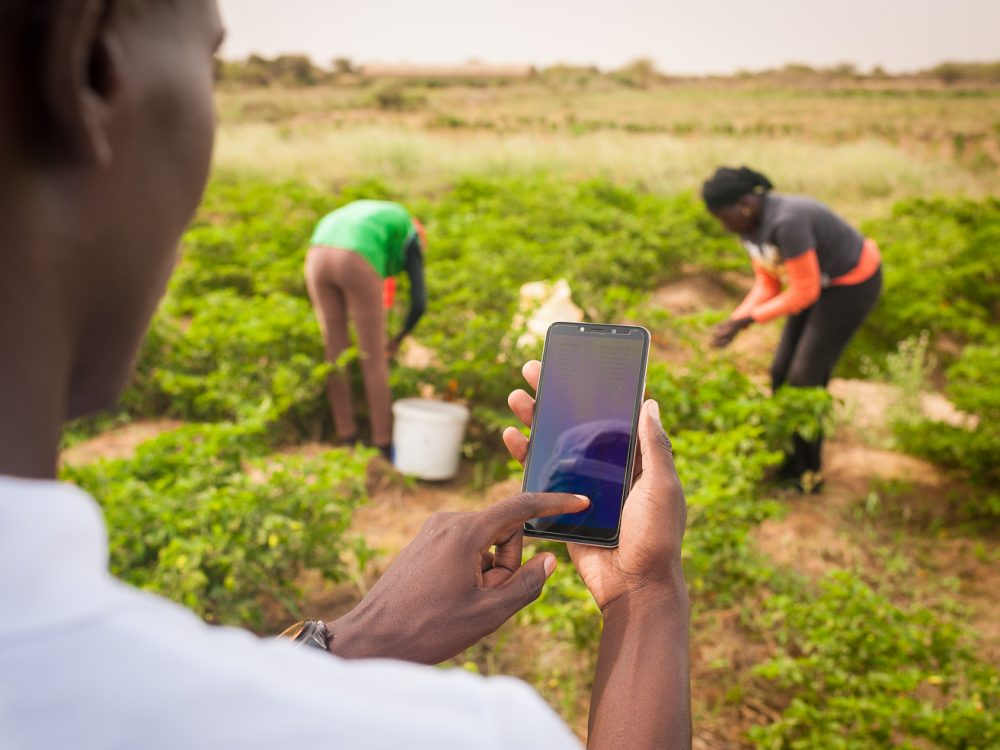Test Driving the Open Contracting Data Standard
Development Gateway’s dgMarket was one of the first global e-procurement platforms. Since 2003, dgMarket has aggregated tender notices, contract awards and bidding documents from national governments and development agencies. dgMarket now lists over a million opportunities every year from 170 countries, representing around $1 trillion in government procurement.
Building on this history of procurement innovation, Development Gateway and its AidData partners became early supporters of the Open Contracting movement. In Nepal, we have worked with the Open Aid Partnership to help government agencies adopt Open Contracting principles and connect government contracts with foreign aid funding. Phase II of the effort is working to mainstream open contracting into national procurement systems. We’ll have more to say about that soon.
Now that the beta Open Contracting Data Standard is live, we’re test driving it in a big way: sharing some of dgMarket’s vast store of contract awards in OCDS JSON format. This first OCDS dataset contains over 2 million European Union procurement awards since 2006, with over €1.45 trillion in contract funding represented. You can see, for example, that the average contract value is about €700K, and that the average number of bidders for each opportunity is 5.5. Above is s a look at the data in all of their OCDS-JSON glory.
If that screenshot scares you, check out our EU contract award visualization app, which makes all of this data a lot more palatable and interactive.
Thinking big-picture, OCDS datasets like this are obviously just a first step toward realizing the broader Open Contracting vision. But we at DG believe that the open procurement movement can improve the way we spend public funds writ large. And good contract data plus good aid data will empower development champions to make sure that development dollars go where they are needed and accomplish as much good as possible.
We look forward to moving ahead with the Open Contracting movement, working toward a long-term goal of helping our partner country governments implement OC principles and standards, getting more value from their aid, budget, and procurement data.
And to all the others out there who aggregate procurement information — who’s next?
Share This Post
Related from our library

Introducing The HackCorruption Civic Tech Tools Repository
Introducing the Civic Tech Tools Repository: an open-source hub of digital solutions to fight corruption. Designed for growth through GitHub contributions, it brings together tools, code, and resources across six key areas for HackCorruption teams and beyond.

Building a Sustainable Cashew Sector in West Africa Through Data and Collaboration
Cashew-IN project came to an end in August 2024 after four years of working with government agencies, producers, traders, processors, and development partners in the five implementing countries to co-create an online tool aimed to inform, support, promote, and strengthen Africa’s cashew industry. This blog outlines some of the key project highlights, including some of the challenges we faced, lessons learned, success stories, and identified opportunities for a more competitive cashew sector in West Africa.

Digital Transformation for Public Value: Development Gateway’s Insights from Agriculture & Open Contracting
In today’s fast-evolving world, governments and public organizations are under more pressure than ever before to deliver efficient, transparent services that align with public expectations. In this blog, we delve into the key concepts behind digital transformation and how it can enhance public value by promoting transparency, informing policy, and supporting evidence-based decision-making.